Related projects & activities
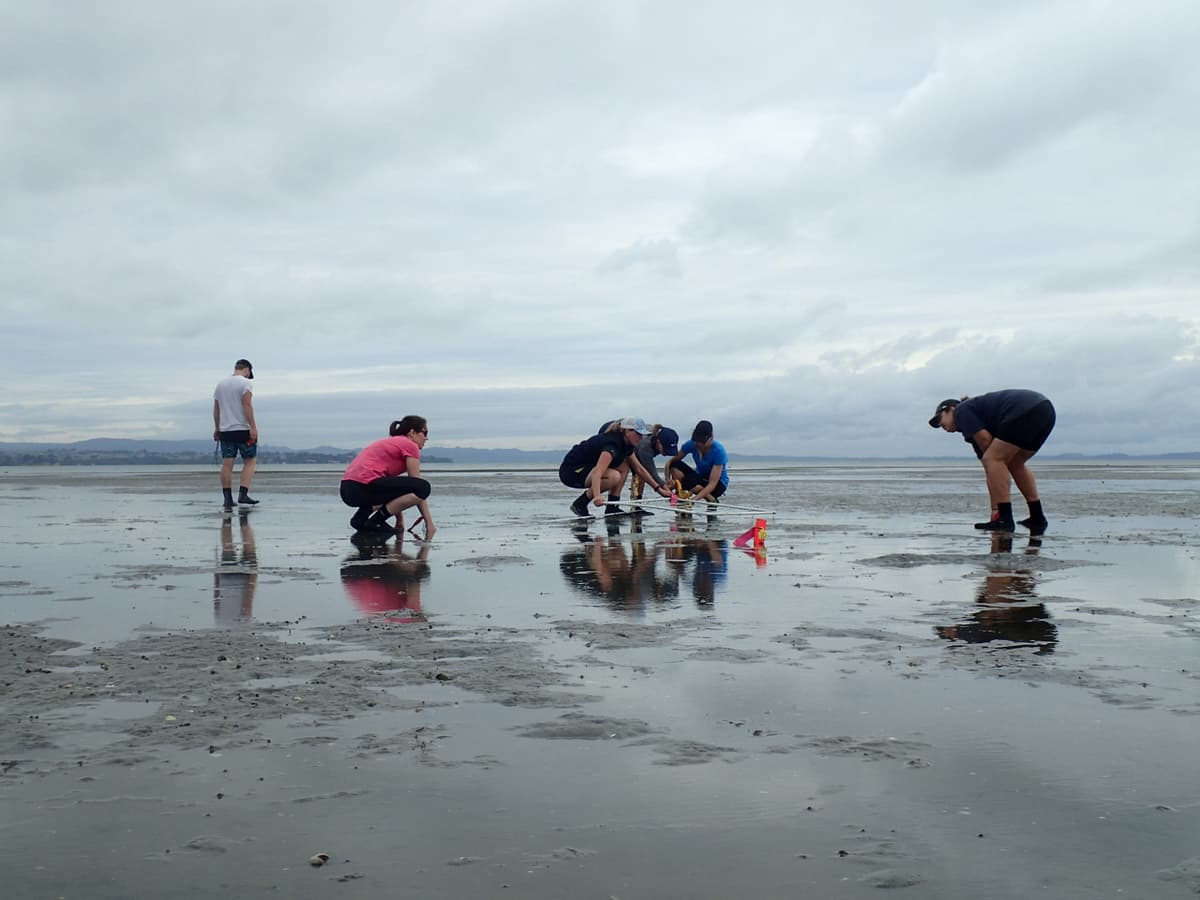
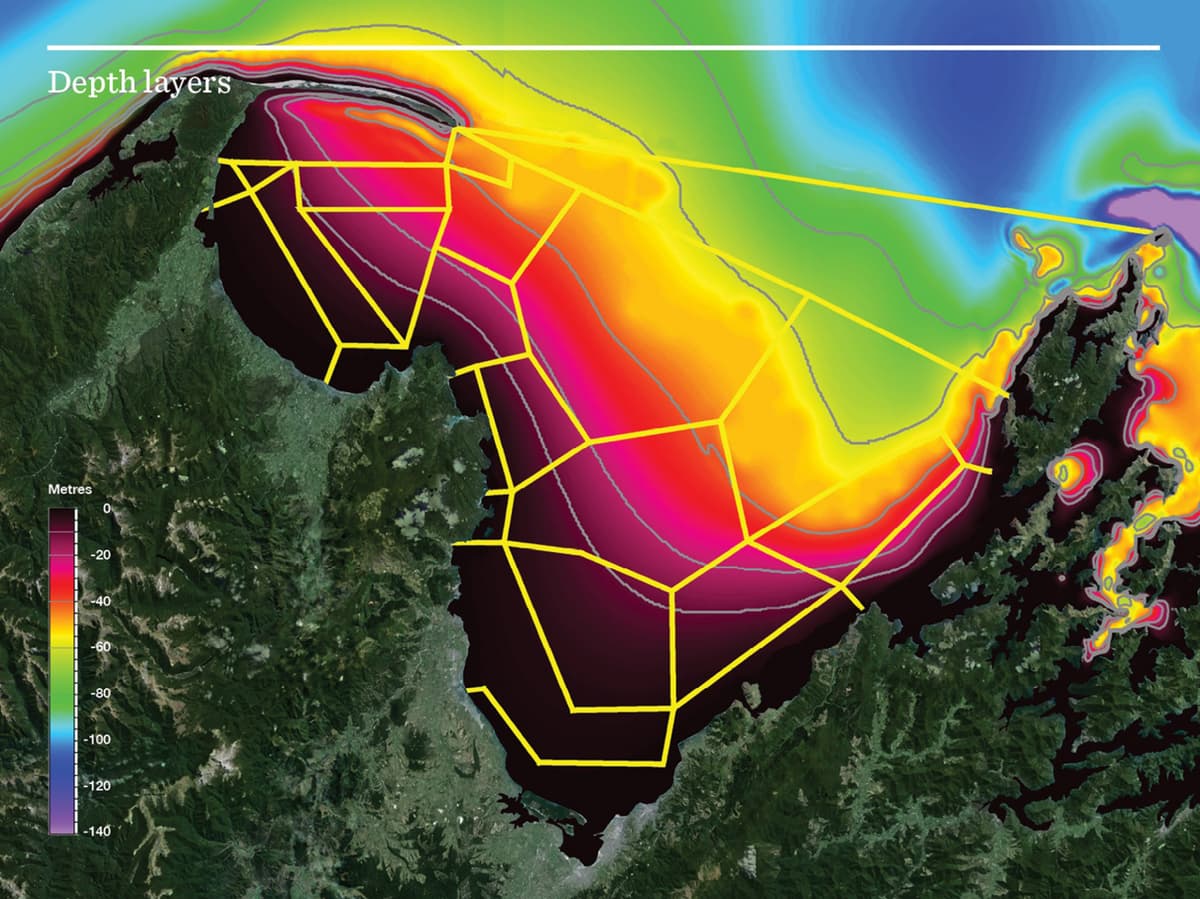
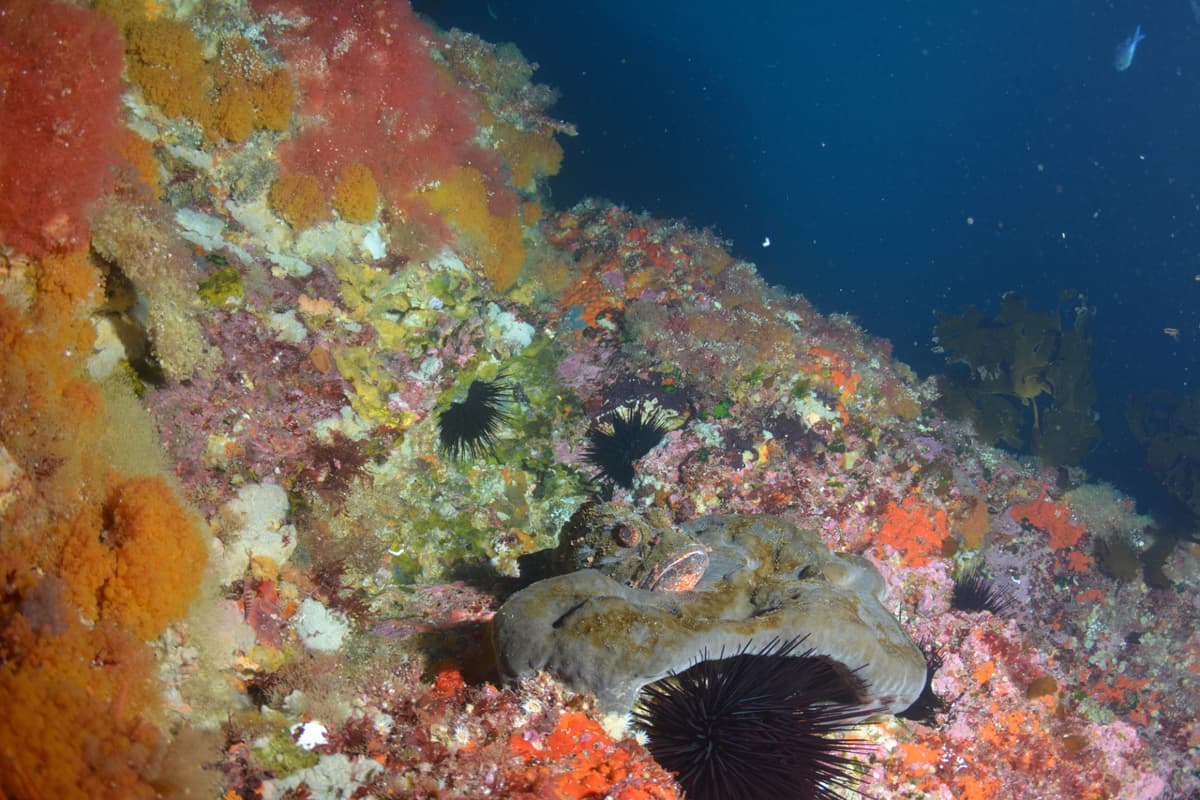
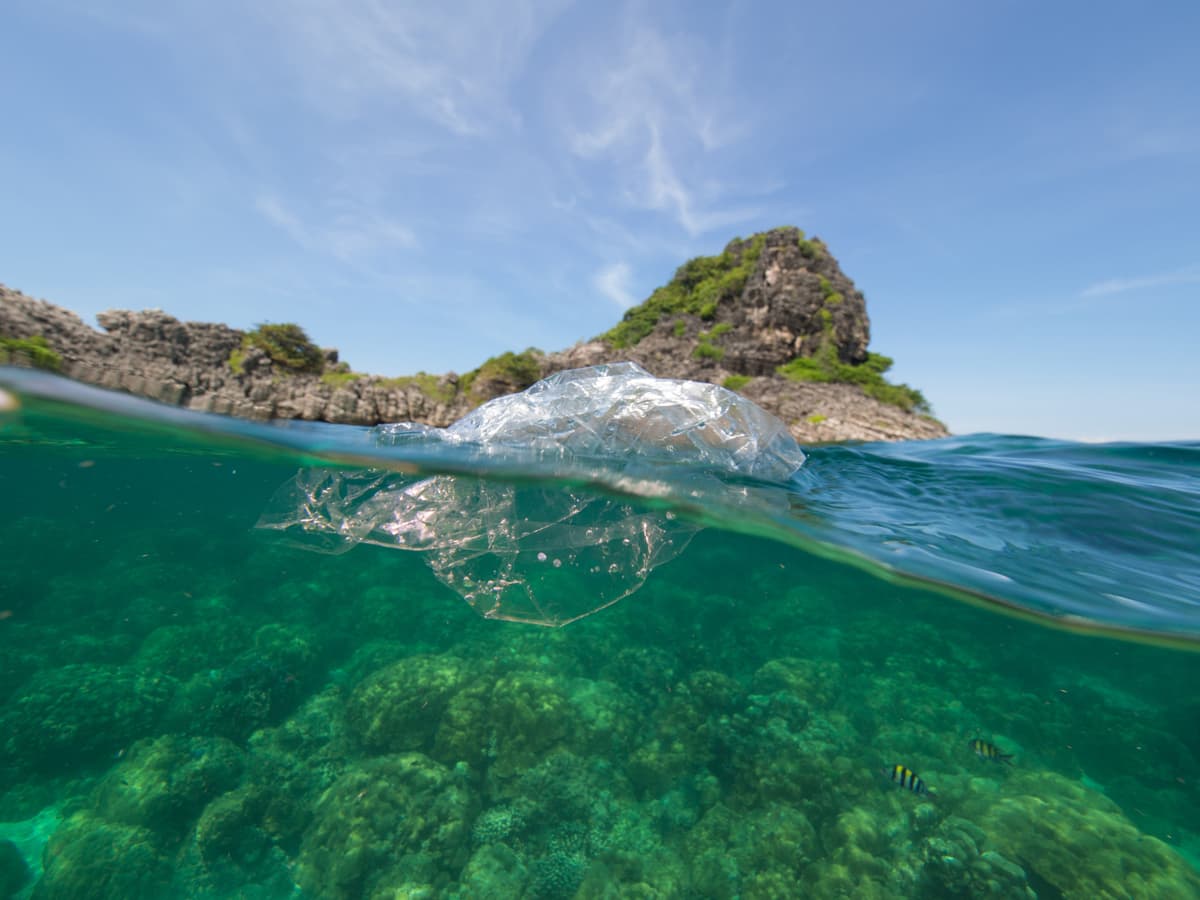
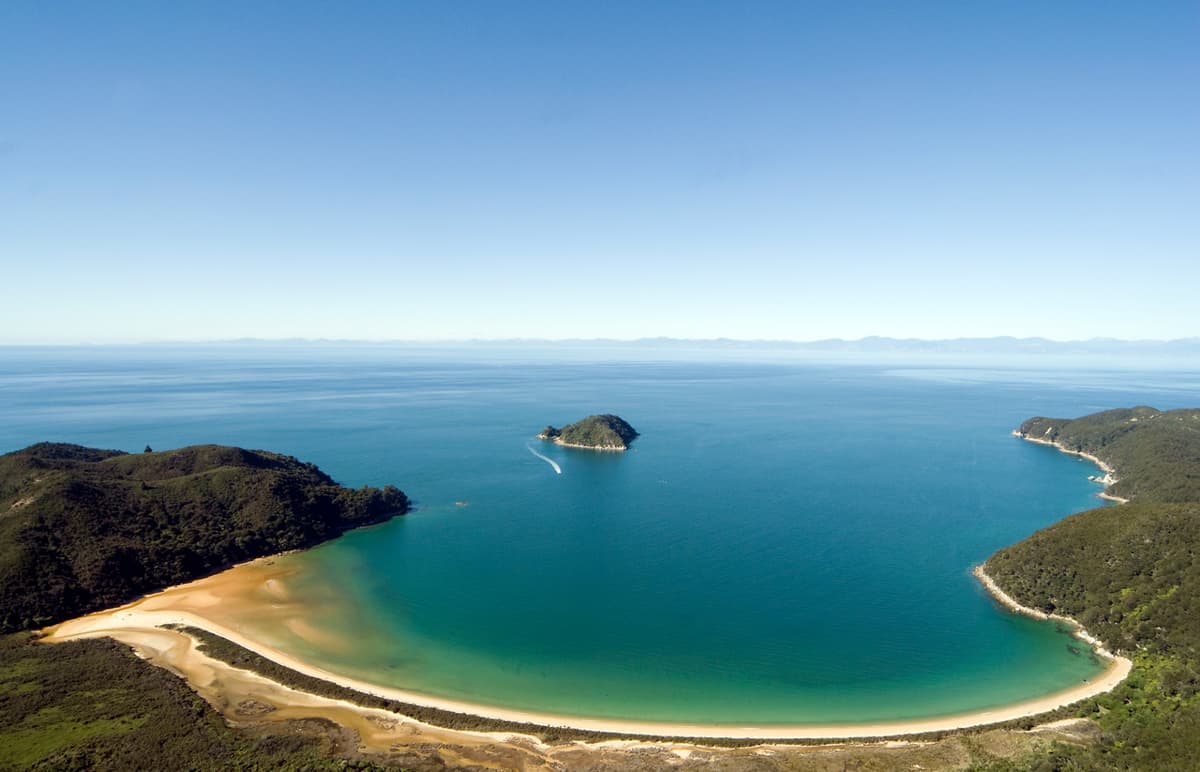
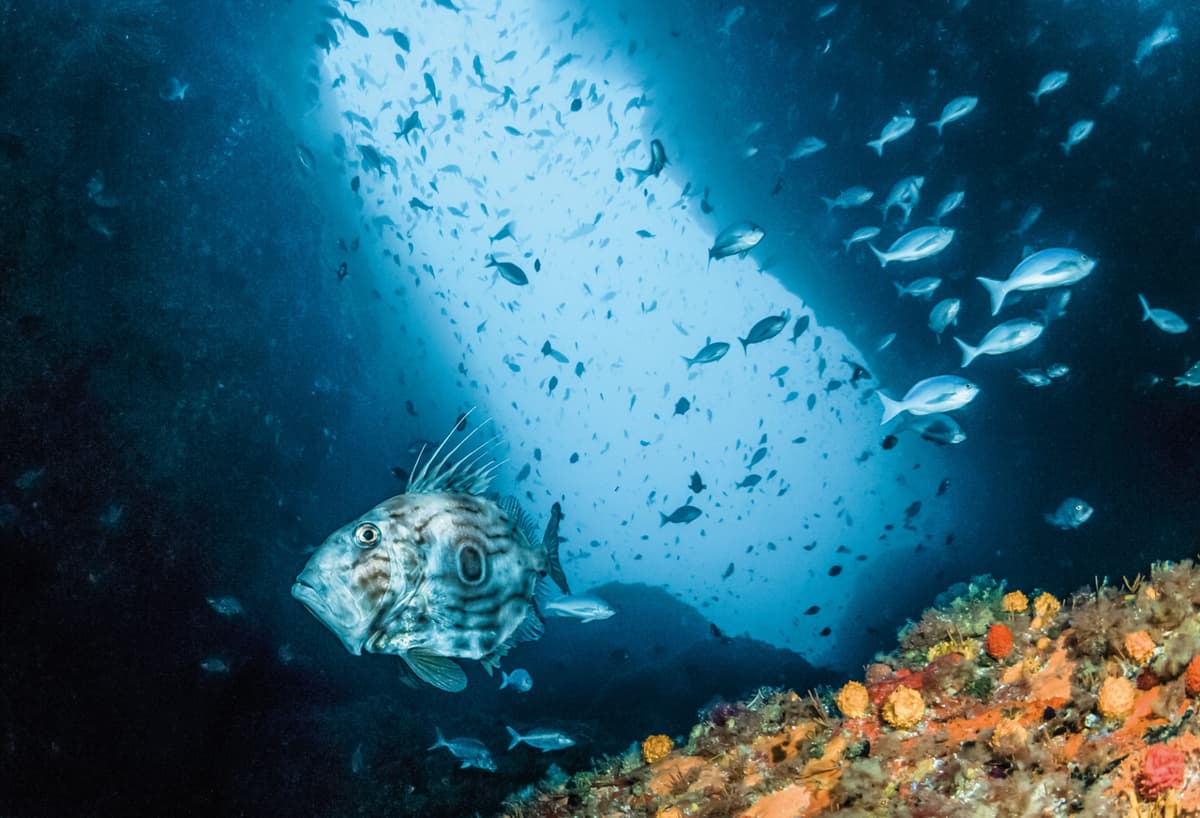
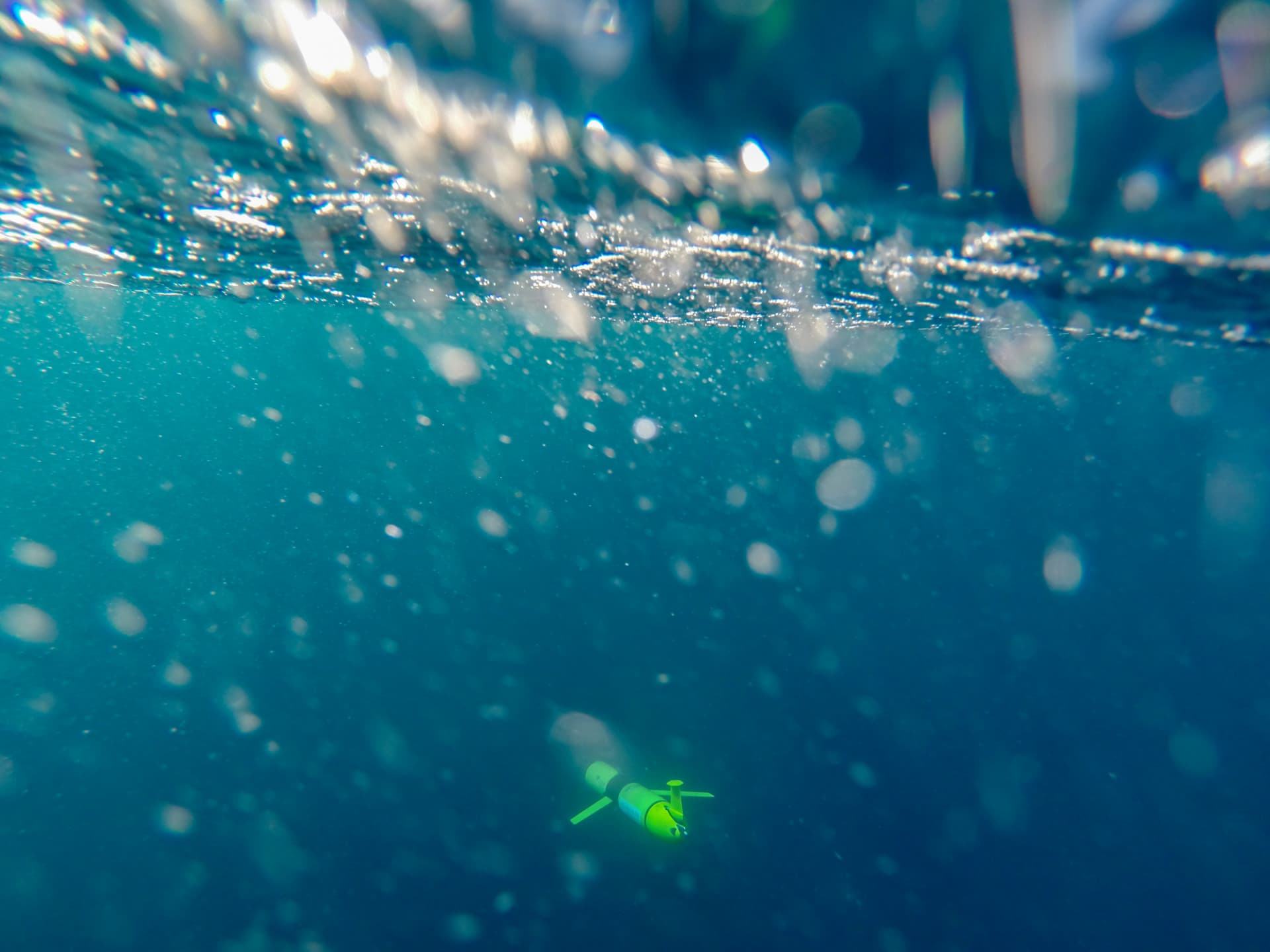
We investigated how coastal waters and oceans mix and transport materials that can stress marine ecosystems.
| Project Leader | Duration | Budget |
|---|---|---|
| Craig Stevens (NIWA/University of Auckland) | April 2016 – June 2019 | $1,195,000 |
We investigated the connection between open ocean processes and the movement of stressors, such as contaminants, nutrients or sediment. The information we collected tells us about the potential ‘footprint’ of a stressor in Aotearoa New Zealand waters.
Our research investigated how stressors from land use or coastal ecosystems connect with the wider marine environment. We were particularly interested in how the coastal areas of Tasman and Golden Bays connect with the open ocean of Cook Strait.
We used cutting-edge technology – including ocean gliders, drifters and met-ocean buoys – to measure biological and physical properties, and track movement and dilution of water between coastal bays and oceans. A NIWA ocean glider has now made over a dozen missions through the focal region to measure stratification, layers of varying temperature and salinity in the ocean. This field data is integral to the development of predictive numerical models of stressor dispersal.
We also used drifters to gather information about the provenance and fate of materials, such as suspended sediment and bacteria or macroalgal larvae in Tasman and Golden Bays. For one experiment, we released four long-distance drifters. Their satellite positions over two months show that parcels of water that started out 30 kilometres apart ended up many hundreds of kilometres apart.
A better understanding of how biophysical factors can influence or alter these processes, and how these systems interlink is critical for EBM.
This project has produced or contributed to:





